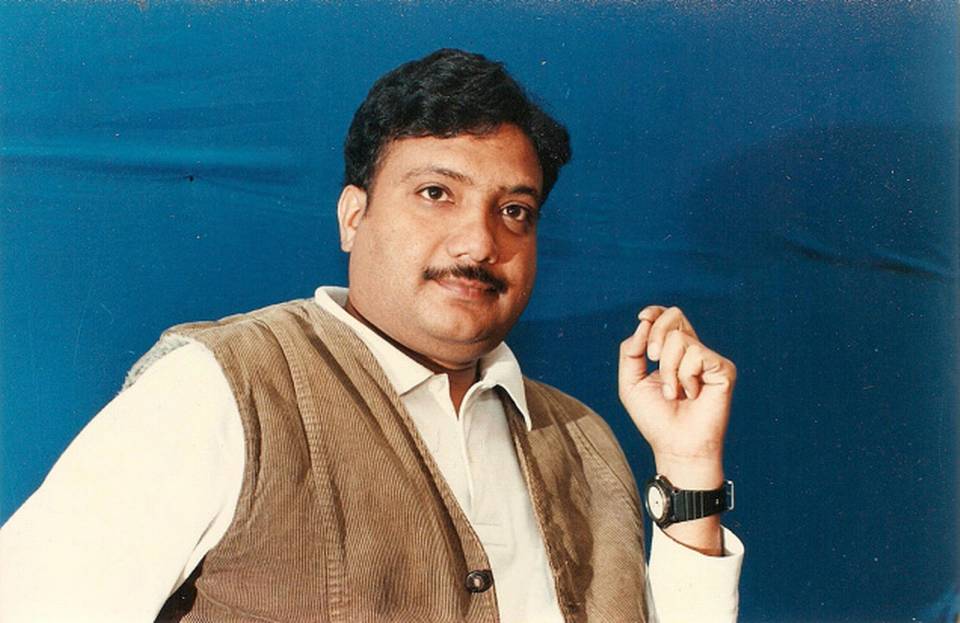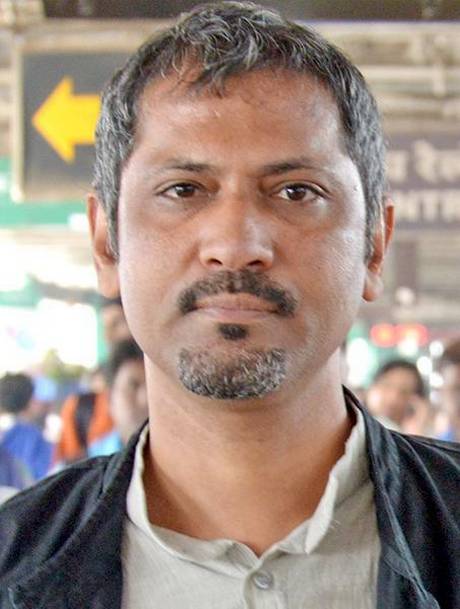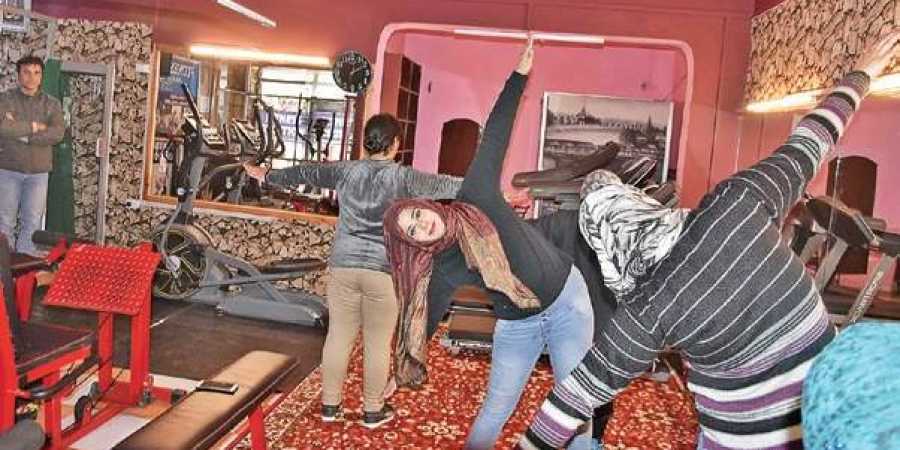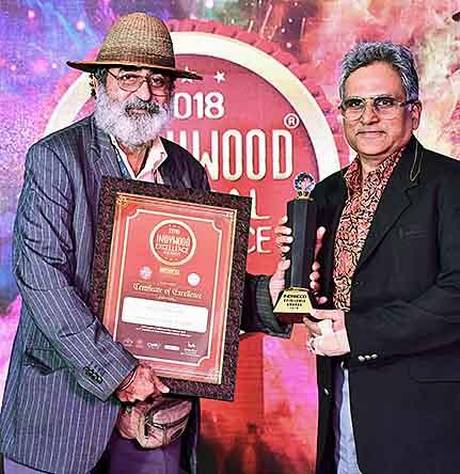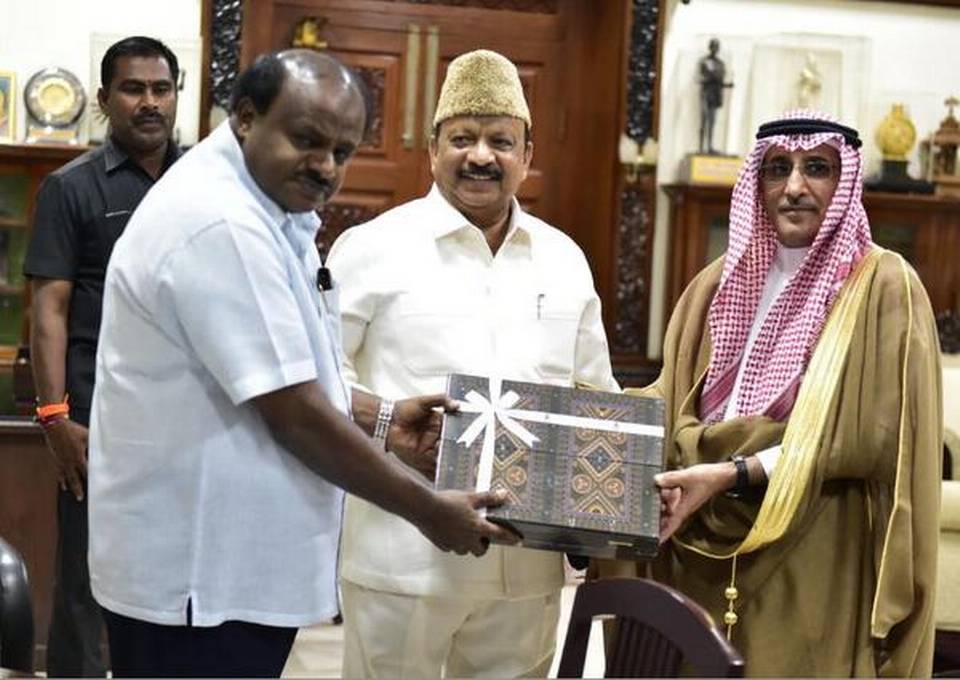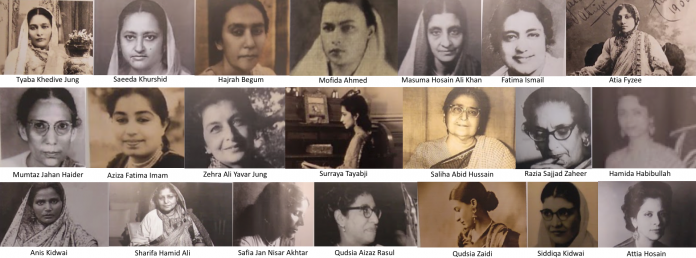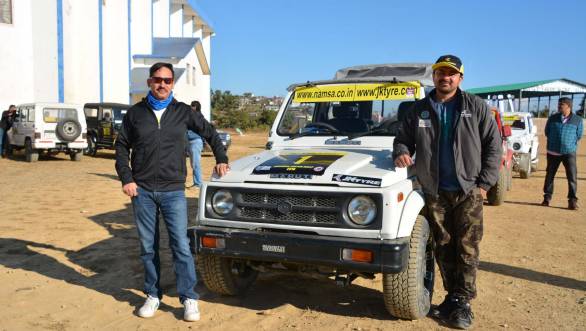DELHI :
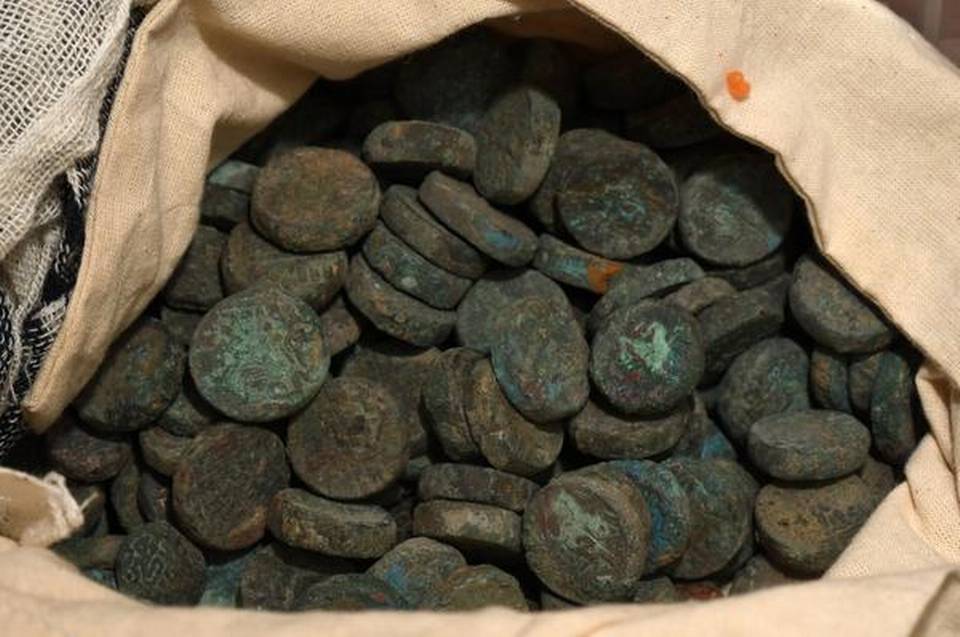
The discovery of over 250 copper coins at Khirki Mosque is expected to throw light on Delhi’s medieval period
Khirki is crowded, with narrow roads and tall buildings bundled together like Lego bricks stacked precariously. Smack in the middle of this chaos is Khirki Mosque, a 14th century fortress-like structure built during the Tughlaq dynasty.
The mosque is fenced in by high compound walls and the uneven ground is lower than the houses that surround the structure. It is deathly quiet inside, with its myriad archways partially lit by Delhi’s smoggy sunlight. Standing there, it is easy to imagine a priest, or a trader, furtively hurrying along the walls of the mosque to find a spot to bury treasure.
Treasure is what the Archaeological Survey of India (ASI) found two months ago in this complex — a hoard of small copper coins vaguely resembling those bite-sized Britannia biscuits from the 90s.
Happy chance
A team from ASI’s conservation wing was levelling the ground in early September as part of ongoing conservation work when one of the workers’ pickaxes landed on a mud pot. Work was halted and ASI archaeologists were called.
The office was abuzz when they learned about the discovery, says N.K. Pathak, superintending archaeologist, ASI-Delhi circle. “As soon as the coins were discovered, there was a big halla. For archaeologists, discoveries like this are always exciting, no matter the value. Everyone said, Khazana mil gaya!” he says, laughing.
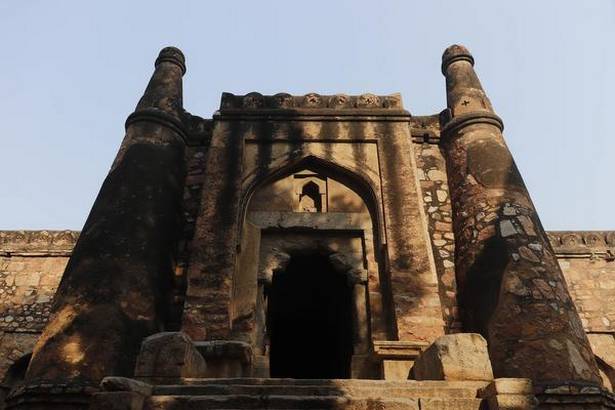
The discovery of these coins is what those in the field call a ‘chance discovery’, as opposed to a planned dig. The mosque is also the site of an earlier discovery of 63 coins in 2003, which was also a chance discovery. There is a possibility that both sets of coins might be from the same era.
Preliminary investigations of the 254 coins reveal that they are from Delhi’s medieval period — 13th to 16th century — the latter part straddling the early modern period. Proper identification can happen only after they are cleaned and studied, says Pathak. “However, some of the coins belong to the reign of Islam Shah Suri.”
Inscriptions on the coins
Islam Shah Suri is the son of Sher Shah Suri, who founded the Sur dynasty and ruled Delhi for seven years from 1538 to 1545. “Most Islamic coins have inscriptions (what we call legends) on them — the name of the ruler and their father’s name. In this case, some of the coins had ‘Islam Shah Suri, son of Sher Shah Suri’ inscribed on them,” says Shahmoon Ahmad, Assistant Archaeologist, ASI-Lucknow circle, who will be studying the coins further.
Notably, it was Sher Shah who introduced the precursors to the modern rupee and paise — the silver rupaiya and the copper paisa. The gold coins issued by the Sur dynasty were called mohurs. “Discoveries of gold and silver coins are rather rare. Copper coins are not that much of a surprise,” says Pathak.
That’s because copper coins were reused by the general populace; the gold and the silver ones had to be re-minted with the names of current rulers, adds Ahmad.
He suspects that this might be true for this hoard as well. There are several paleographic indications — the style of writing — that indicate that some of the coins might be from the Lodi dynasty, which fell less than two decades before Islam Shah’s reign.
However, any discovery, even something as small as a copper coin hoard, is quite significant. “The monument is of the Tughlaq period, but the coins are from the Lodi and the Sur periods. Once we date the coins, we can establish that people used money regularly from the earliest date on the coin to the latest,” says Ahmad.
Interestingly, the fact that there are coins from two different dynasties might mean that this was not the hoard of a single person. “It could be the savings of one or two generations of a family,” he adds.
These coins can also establish other things. “They tell us this area was populated, the jurisdiction of the particular ruler, the prosperity of his rule, the money usage patterns, and so on,” says Pathak.
The coins also show that the mosque was in use during the reign of that particular ruler.
If they were indeed minted during the time of Islam Shah, it would mean the mosque was in use even 200 years after it was built.
Khirki’s secrets
More than half a millennium later, however, the Khirki Mosque is in bad shape. The buildings that flout ASI’s 100-metre-rule is the least of the concerns. There are broken pillars, loose bricks, decaying stones, a decades-old bat infestation, and more. The boundary wall around the monument came up only in 2003, according to an earlier report in The Hindu.
Conservation work, which began roughly mid-August, started with clearing the debris to bring the lower plinth of the monument to an even level, says deputy superintending archaeologist, Sanjay Kumar Singh. “It was also to make the movement of water on the ground smoother, especially in the monsoon. So work began with levelling the ground,” he says.
When the coins were found, the area around the discovery was carefully cordoned off, while all the debris and mud excavated so far were sieved thoroughly for more surprises from the past. “There is possibility to get anything, even pot shards, at any important site in Delhi. Workers, supervisors, and other staff are trained to be vigilant. We tell them this work is different from what the Public Works Department might do,” says Pathak.
Conservation work will go on for another six months, during which time the broken pillars and the decayed chajja stones will be replaced. “We will also undertake ‘pointing and underpinning’ work to fix the loose bricks and mortar. We will be using the lime mortar mix that was originally used,” adds Pathak.
Detailed information on the coins, however, will roll in before work on the monument is finished. “We will first send them to the science branch for cleaning, after which our numismatics branch will come in to decipher the writing. It will take three to four months,” says Pathak.
What are the possibilities of finding more antiquities here? “That’s just it,” he says. “You can never predict what you can find in Delhi and when. What is beneath the earth, you never know.”
janane.venkatraman@thehindu.co.in
source: http://www.thehindu.com / The Hindu / Home> Society> History & Culture / by Janane Venkatraman / December 08th, 2018
